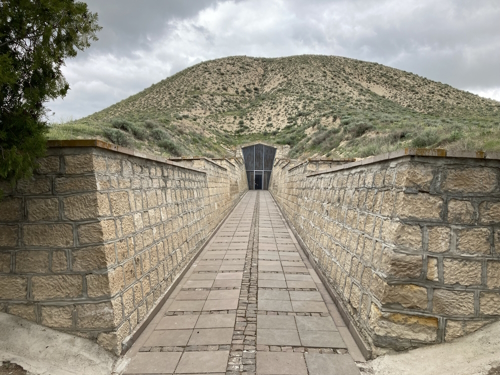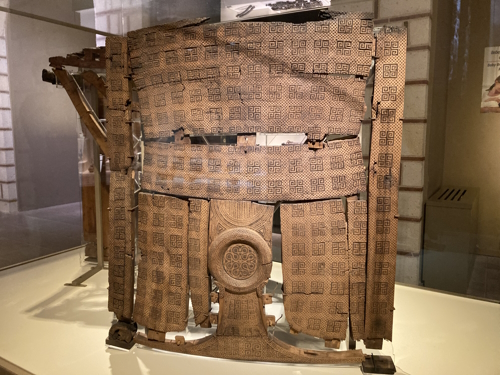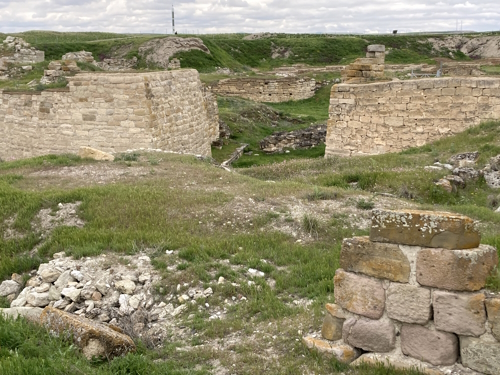Blog TWHS Visits
Gordion
Turkey has a good track record in nominating ancient sites with noteworthy remains still in situ. The more complete ones concern relatively late (20th century) and careful excavations deep in Anatolia. Gordion (nominated for 2023) is another example: it was the capital and cultural center of the Phrygian civilization. The Phrygians had come to Anatolia from what is now Bulgaria and Greece.
First: what have the Phrygians ever done for us? It would be overstating to say that they were an influential tribe: after a flowering period in the 8th century BC when they ruled over large parts of Anatolia, they were overrun by the Lydians, Persians, Alexander the Great, Celts and Romans. Still, there are two terms in modern English that remember them: the Gordian Knot and the Midas touch.
The site of Gordion lies deep in the countryside, in what looks like an impoverished area. While driving up there I noticed dozens of people poking around in the fields with sticks – were they looking for bird eggs or mushrooms?
The archaeological site doesn’t seem to draw many visitors, I only encountered three other cars on Saturday morning. The area that is open to visitors consists of the museum, the Midas Mount across the street and the remains of the citadel on the other side of town. The entrance fee for the museum/mount combination still is a modest 40 TL, and there is none at the ruins.
The museum is small and already ageing, but its exhibition is to the point when you want to learn about the Phrygians. You can see examples of their script, for example; it’s a bit like Greek. They made pottery as well; a fun development is that in later years they produced fully black or dark grey pottery instead of the nicely decorated earlier ones, so they would resemble the more prestigious ‘modern’ pots made out of iron.
The Phrygians built great tumuli for their rulers. There are over 100 of them in the immediate surroundings of Gordion. Each held the remains of only one person. The Midas Mount is now still 53m high and that’s after 2,763 years of erosion. A long straight path has been carved into its center, where the wooden ‘crate’ (about 3x3m) still can be seen which held the deceased King’s body. The TWHS description claims that “the tomb is the oldest standing wooden structure in the world” – so bear that in mind when you stand in front of it, disappointed by a stack of wooden beams that resembles a rudimentary log cabin. The contents of the tomb can be seen in the Museum of Anatolian Civilizations in Ankara, which has devoted a whole section to Gordion. Photo 2 above shows a wooden screen that was found inside. They also have fine wooden animal sculptures and even the skull of Midas!
The citadel ruins can be visited by following the footpath that encircles them. It takes about half an hour. Some 15 information panels with interesting tidbits about Phrygian culture and history accompany the views. These seem to be a recent addition and they do their job well. The best-preserved part of the site actually is one of the oldest: the gate from the 9th century BC.
Overall, Gordion is fairly modest and off-the-beaten-track, but I enjoyed my visit because the 3 components museum, tumulus and citadel gave me a well-rounded view of the Phrygians. The exhibition that I saw a week later in Ankara topped it off. The tumulus is the most memorable part still on site, and it did remind me of the Macedonian one in Aigai/Vergina.
Els - 7 May 2023


